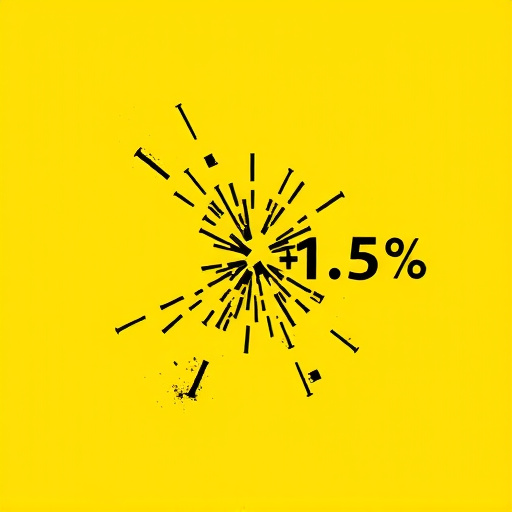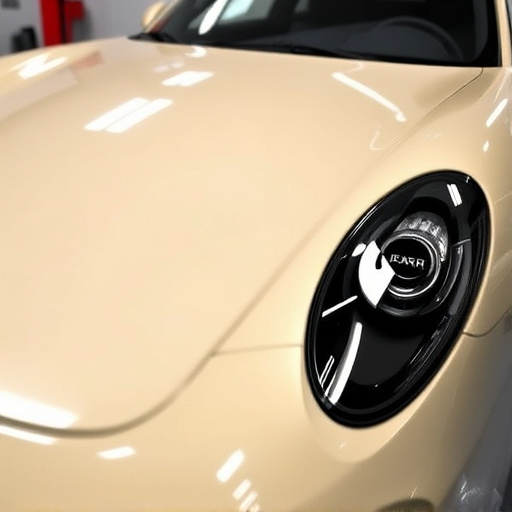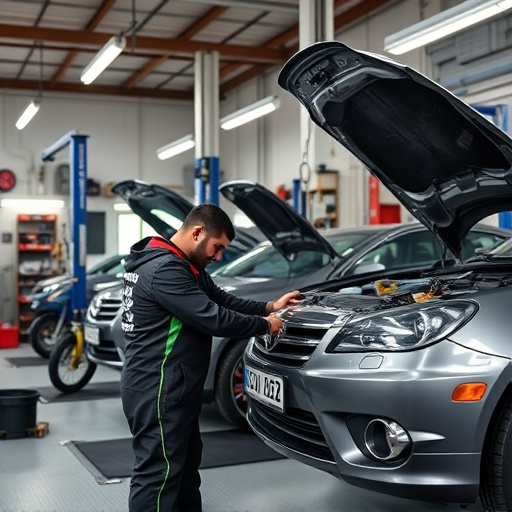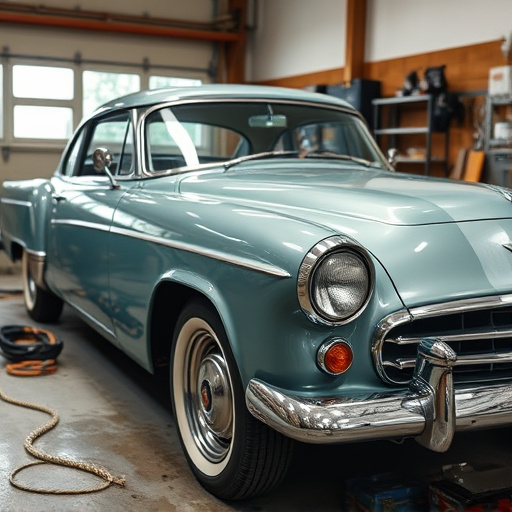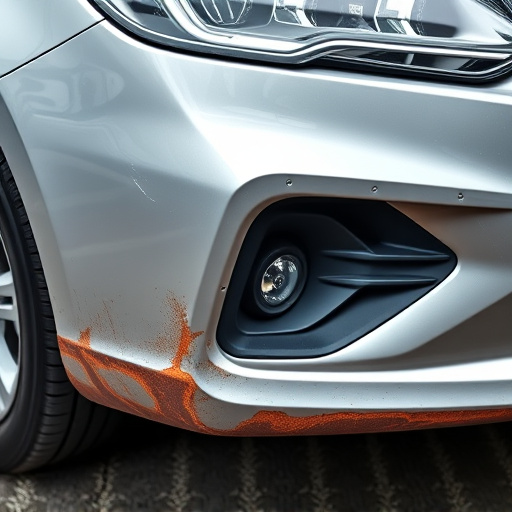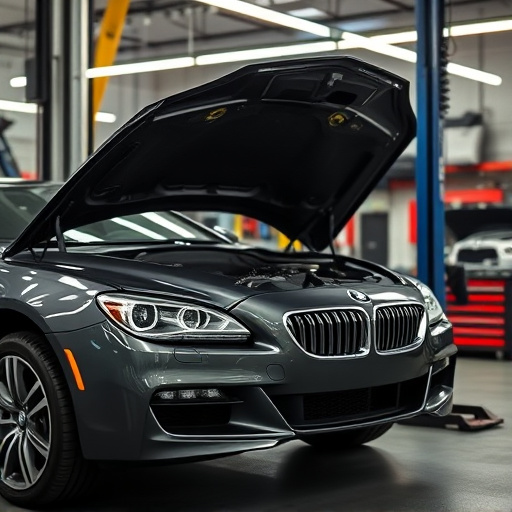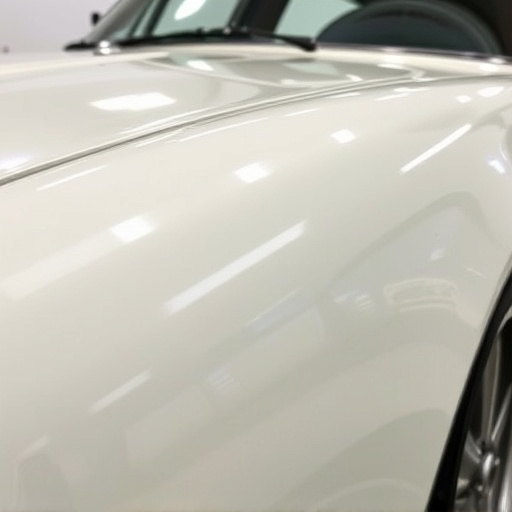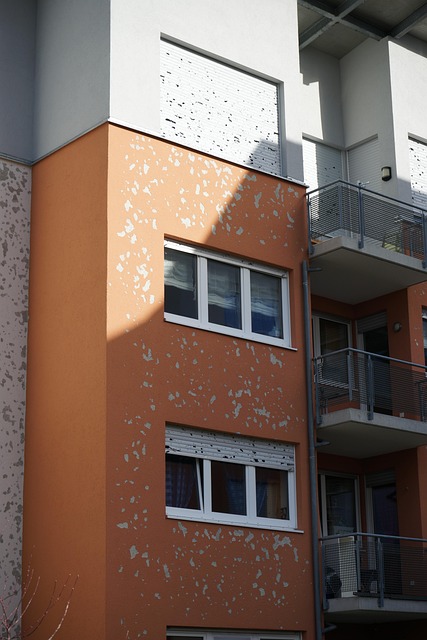3D vehicle scanning is a game-changer in automotive care, offering precise digital representations of vehicles. This technology detects subtle imperfections, enhances repair quality, and streamlines processes for mechanics and car owners, providing accurate, detailed models that surpass 2D visuals for better collision repair and overall efficiency.
In today’s automotive industry, accurate vehicle inspection is paramount. Traditional methods, however, often fall short due to manual limitations and potential human error. This is where 3D vehicle scanning emerges as a game-changer. By capturing detailed digital twins of vehicles, 3D scanning offers unparalleled precision and efficiency compared to conventional techniques. From uncovering hidden defects to streamlining repair processes, this technology is revolutionizing the way we inspect and understand vehicles, ensuring safer and more reliable transportation.
- Unlocking Vehicle Inspection Secrets: 3D Scanning's Role
- Enhancing Precision: The 3D Advantage Over Traditional Methods
- Real-World Applications: How It Transforms Inspection Processes
Unlocking Vehicle Inspection Secrets: 3D Scanning's Role
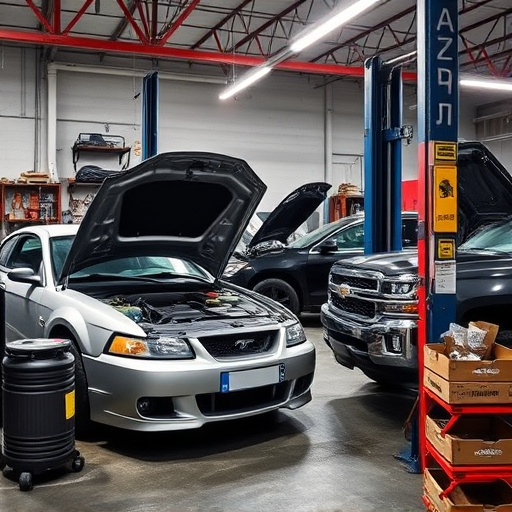
Unlocking Vehicle Inspection Secrets: The Role of 3D Scanning
In the world of automotive care and repair, precision is key to ensuring safety and quality. This is where 3D vehicle scanning emerges as a revolutionary tool, transforming traditional inspection methods. By capturing detailed digital representations of vehicles, this technology offers an unprecedented level of accuracy in every aspect of the inspection process. It enables professionals to detect even the subtlest imperfections or discrepancies that might be missed with the naked eye.
This innovative approach is particularly valuable in body shop services and car body repair. 3D scanning provides a comprehensive view of a vehicle’s surface, allowing for a deeper understanding of its condition. Whether it’s for routine maintenance or complex restoration projects, this method ensures every curve, contour, and panel aligns perfectly. As a result, it enhances the overall quality of repairs, making vehicle inspection more efficient and reliable, ultimately benefitting both repair professionals and car owners.
Enhancing Precision: The 3D Advantage Over Traditional Methods
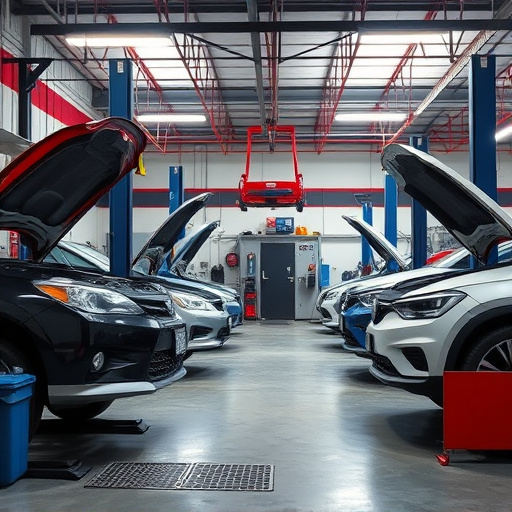
The traditional methods of vehicle inspection, relying on manual measurements and 2D visuals, often fall short in terms of precision. This is where 3D vehicle scanning introduces a significant advantage, revolutionizing the way we assess vehicles. By capturing detailed, three-dimensional data, this technology provides an unparalleled level of accuracy. Every curve, contour, and feature of the car body is meticulously mapped, offering a comprehensive digital twin that traditional methods simply can’t match.
This enhanced precision is particularly valuable in complex auto maintenance and vehicle repair scenarios. Mechanics can now access precise measurements and detailed models, ensuring they identify and address issues with greater confidence. From small dents and scratches to structural damage, 3D scanning captures it all, leading to more effective car body repair and improved overall inspection outcomes.
Real-World Applications: How It Transforms Inspection Processes
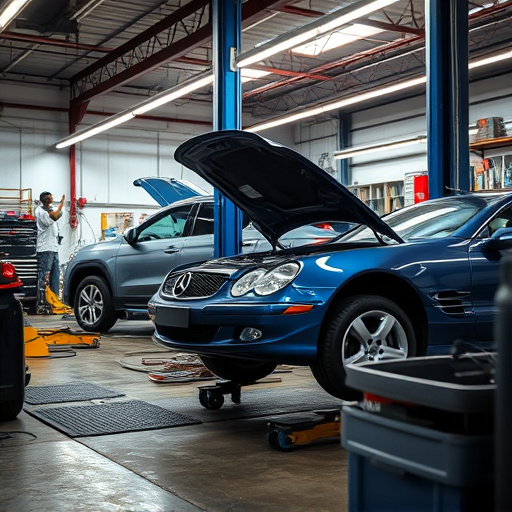
In today’s world, where precision and efficiency are paramount in vehicle inspection processes, 3D vehicle scanning has emerged as a game-changer. This advanced technology is revolutionizing how auto body shops and car damage repair centers conduct their business, ensuring unparalleled accuracy and speed. By creating detailed digital models of vehicles, 3D scanning offers an in-depth view of every nook and cranny, enabling professionals to detect even the subtlest imperfections or discrepancies that might be missed through traditional methods.
This innovative approach is particularly beneficial in car collision repair scenarios. When a vehicle undergoes a collision, understanding the extent of damage is crucial for effective repairs. 3D scanning technology enables experts to assess the impact by comparing the post-collision vehicle with its original state, thus streamlining the entire process. This not only facilitates faster and more precise car damage repair but also helps in reducing costs associated with unnecessary replacements or repairs.
3D vehicle scanning is revolutionizing vehicle inspection processes by offering unparalleled accuracy and efficiency. By capturing detailed, three-dimensional data of vehicles, this technology goes beyond traditional methods, enabling inspectors to detect even the subtlest defects or irregularities. Its real-world applications are vast, from improving safety standards in the automotive industry to enhancing quality control in fleet management. Embracing 3D scanning not only ensures more precise inspections but also paves the way for a future where vehicle maintenance and regulation are significantly streamlined.
